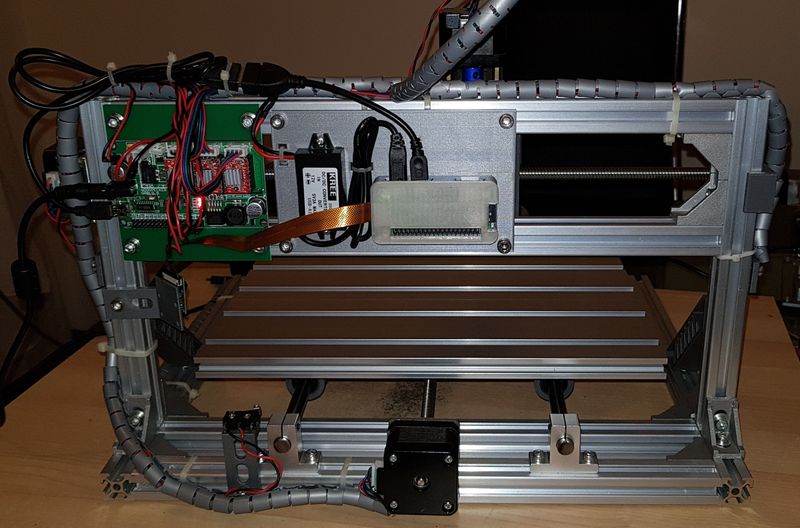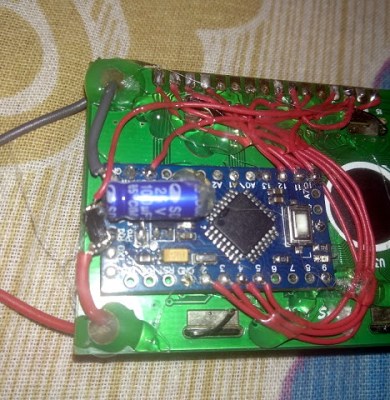Soap cleans clothes better than magnets. There, we are spoiling the ending so don’t accuse us of clickbaiting. The funny thing is that folks believe this is plausible enough to ask magnets experts so often that they dedicate a blog entry to comparing magnets and soap. Since you already know how this ends, let’s talk about why this is important. Science. Even though some magnet retailers, herein referred to as [the experts] can easily dismiss this question as fanciful or ridiculous, they apply the scientific method to show that their reasoning is sound and clean evidence is on their side. [The experts] detail the materials and techniques in their experiment so peers may replicate the tests and come to the same results themselves. We do not doubt that the outcome would be equally conclusive.
The experiment includes a control group which processes dirty clothes without detergent or magnets, one group with only magnets, one group with only detergent, and one group with both. White clothing was soiled with four well known garment killers and manually agitated in a bin of warm water. We guessed that magnets would be on par with the control group, and we were pleased to be right. [The experts] now have a body of work to reference the next time someone comes at them with this line. The only question now is if tricky spouses used science to get nerds to do the laundry.
In this age of spin, keeping facts straight instead of jumping to heartfelt conclusions is more vital than ever. We are all potentially citizen scientists so testing a conspiracy is within everyone’s grasp.



 Which cheap CNC mills are we talking about? They go by a few names. Last year our own
Which cheap CNC mills are we talking about? They go by a few names. Last year our own 














